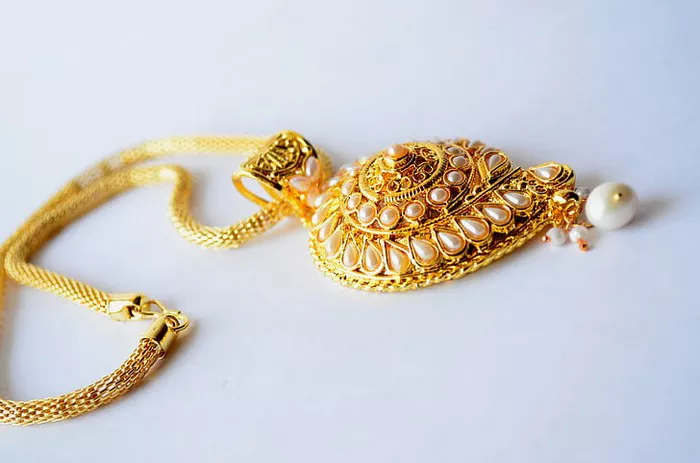Gold jewelry has been cherished for centuries, prized for its beauty, value, and enduring appeal. Whether it’s a stunning necklace, a delicate bracelet, or a pair of elegant earrings, gold jewelry holds a special place in our hearts and wardrobes. However, with the popularity of gold, there is also an influx of counterfeit or low-quality pieces in the market. To ensure that you’re purchasing authentic gold jewelry, it’s essential to know how to spot the real deal. In this comprehensive guide, we will explore various factors to consider when identifying genuine gold jewelry.
Understanding Gold Purity
Gold purity is measured in karats (K) or fineness, representing the amount of pure gold in the jewelry piece. The most common gold purities are 24K, 22K, 18K, and 14K, with 24K being the purest form of gold. However, pure gold is soft and malleable, making it less suitable for jewelry. Therefore, gold jewelry is often alloyed with other metals for strength and durability.
Look for Hallmarks and Stamps
Authentic gold jewelry often bears hallmarks or stamps that indicate its purity and authenticity. These markings are usually found on the inside of a ring band, the clasp of a necklace or bracelet, or the back of an earring. Common hallmarks include the karat stamp (e.g., 18K, 14K), a manufacturer’s mark or logo, and sometimes a country of origin mark. These markings provide assurance of the gold’s authenticity and purity.
Color and Appearance
Gold jewelry comes in various colors, including yellow, white, and rose gold. Each color is achieved by combining gold with different alloy metals. When examining gold jewelry, consider the following:
- Color Consistency:
Authentic gold jewelry should have a consistent color throughout the piece. Be cautious if you notice any discoloration or areas where the color seems inconsistent or fades.
- Plating or Vermeil:
Some gold-plated or gold vermeil jewelry may resemble solid gold at first glance. However, over time, the gold plating may wear off, revealing a different metal underneath. Look for signs of peeling, flaking, or discoloration, which indicate that the jewelry is not solid gold.
Weight and Density
Gold is a dense metal, and authentic gold jewelry will have a noticeable weight compared to pieces made from other metals. However, keep in mind that the weight alone is not a definitive indicator of gold authenticity, as some counterfeit pieces may also be made with heavy metals to mimic the weight of gold. It is important to combine weight with other identification methods for a more accurate assessment.
Magnet Test
Gold is not magnetic, so using a magnet can help determine if a piece of jewelry is genuine gold or a gold-plated imitation. Hold a magnet close to the jewelry item. If the jewelry is attracted to the magnet, it is likely made of a metal other than gold. However, note that this test may not be foolproof, as some counterfeit pieces may be non-magnetic.
Acid Test
The acid test is a more advanced method that involves using acid solutions to determine the gold purity. This test should only be conducted by professionals, as it requires handling hazardous chemicals. It is not recommended for inexperienced individuals.
Professional Appraisal
For valuable or sentimental gold jewelry, seeking a professional appraisal can provide an accurate assessment of its authenticity, quality, and value. A certified gemologist or jeweler can examine the jewelry using various tools and techniques, such as magnification, gemstone testing, and electronic gold testers, to determine its authenticity and quality.
Conclusion
Identifying authentic gold jewelry requires a combination of visual inspection and knowledge of key indicators. By understanding gold purity, looking for hallmarks and stamps, assessing color and appearance, considering weight and density, and performing simple tests like the magnet test, you can increase your ability to spot genuine gold jewelry.
It’s important to note that while these methods can provide initial indications, they may not always guarantee absolute certainty. If you have valuable or sentimental gold jewelry, it’s advisable to seek a professional appraisal to ensure its authenticity and determine its true value.


